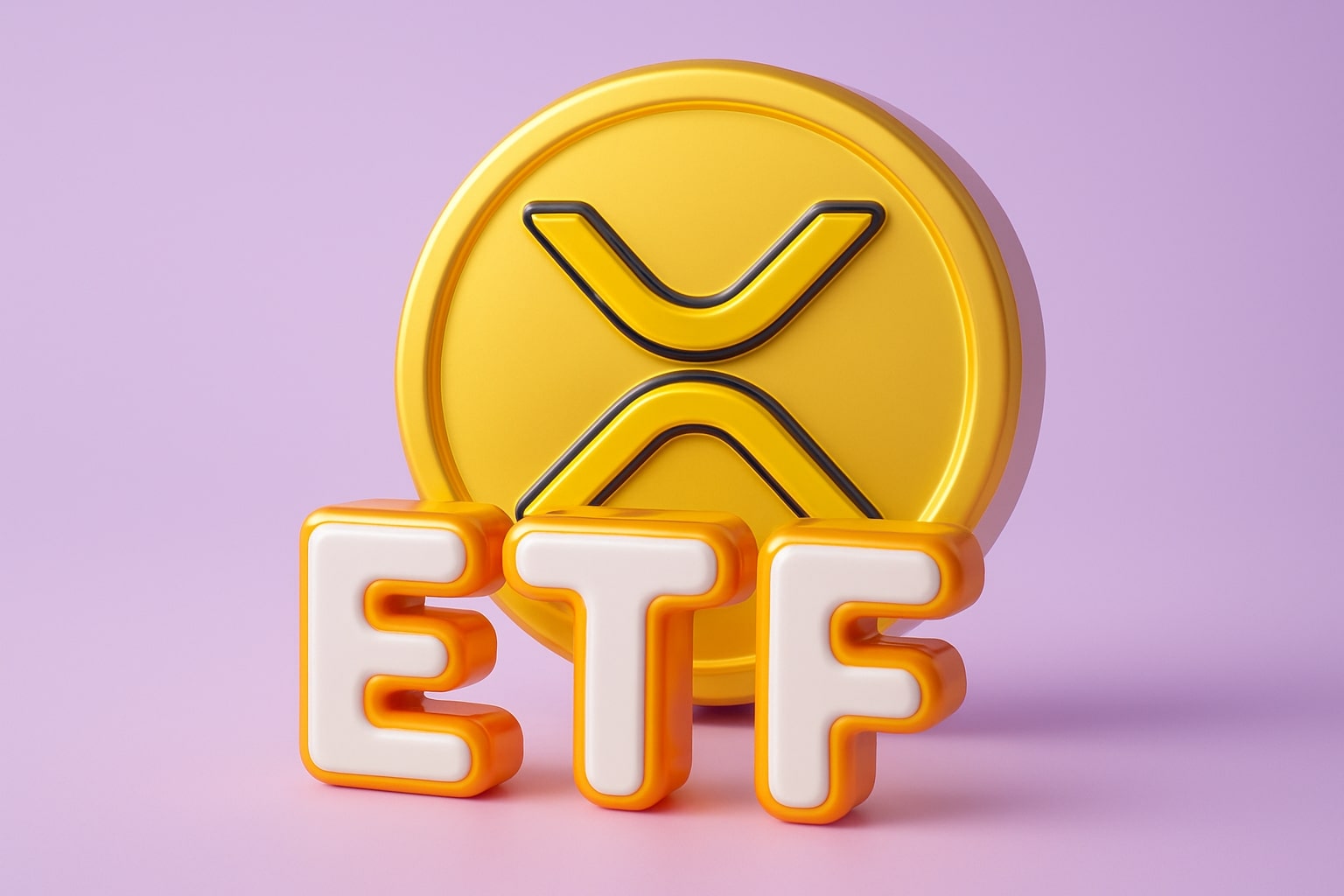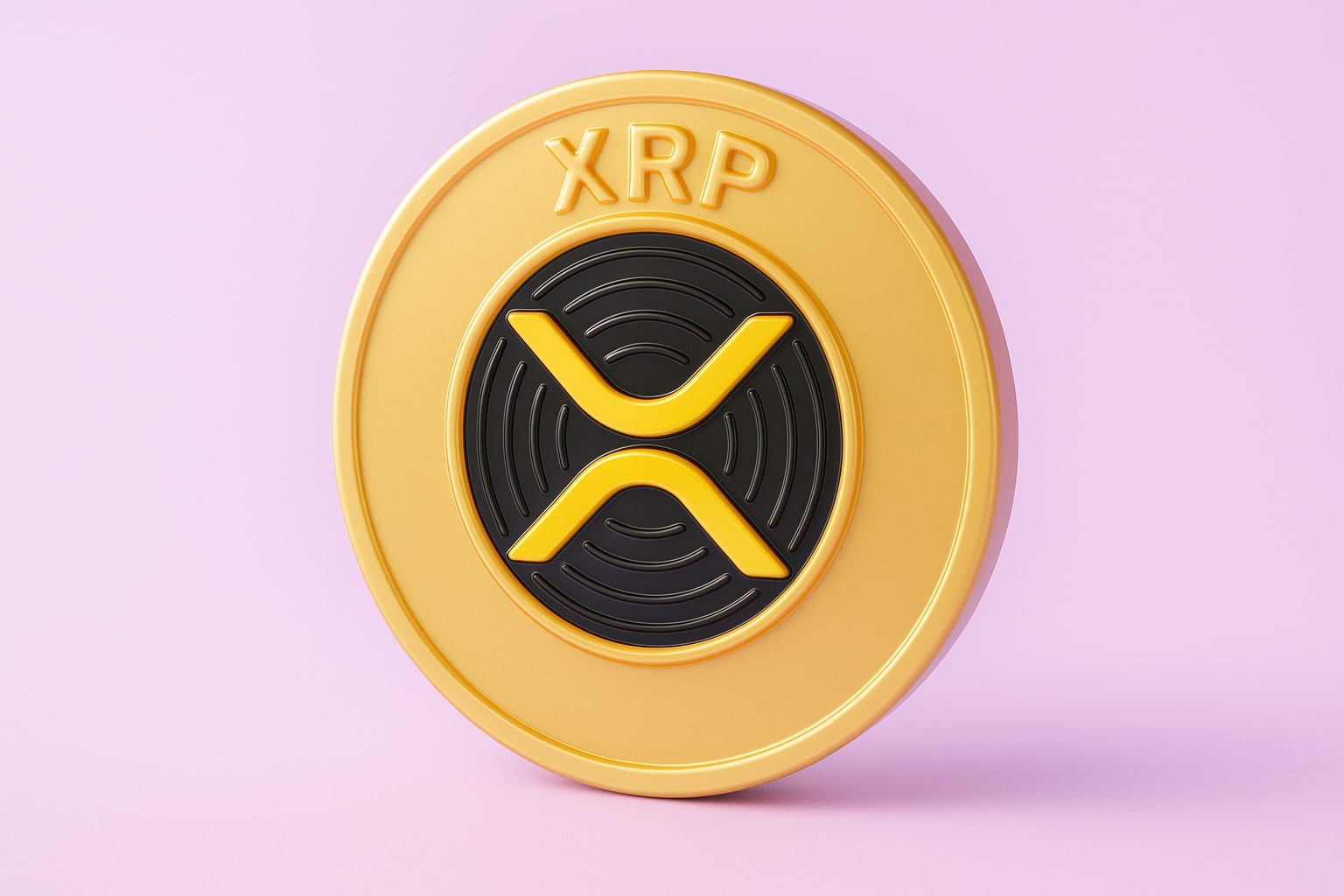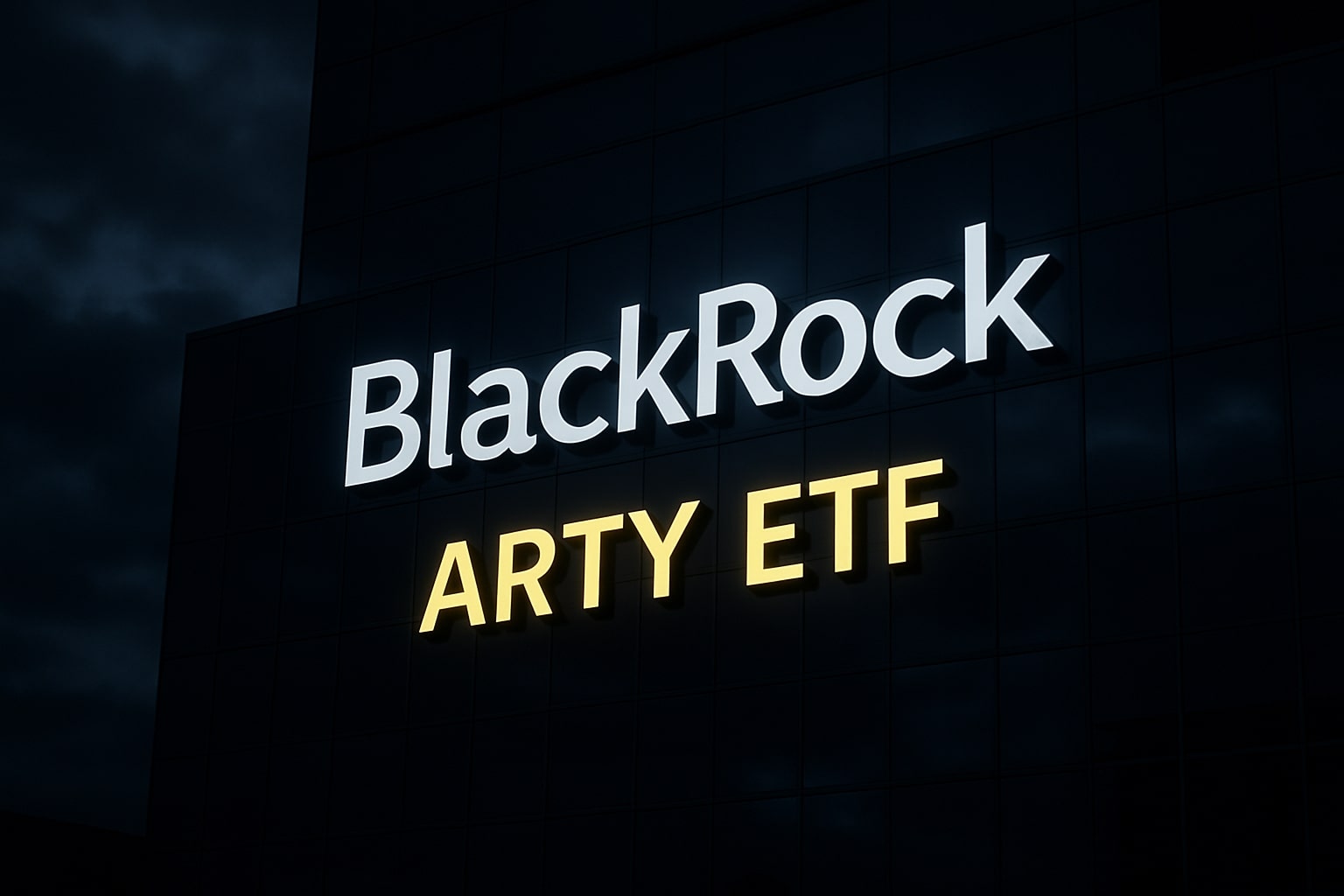Xrpi And Xrpr Etfs Surge As 21Shares, Franklin, And Canary Trigger Countdown Toward Historic U.S. Approval
The long-anticipated Ripple XRP ETF launch has entered a decisive phase as multiple filings converge to place the Securities and Exchange Commission (SEC) under a firm 20-day countdown. Both 21Shares US LLC and Canary Capital Group activated the “no-delaying amendment” clause under Section 8(a), setting an automatic window that could approve the first spot XRP ETFs in the United States before month-end. Alongside these moves, Franklin Templeton tightened its own S-1 amendment for its proposed XRP Trust, creating a synchronized wave of filings that positions XRP for institutional mainstreaming unseen since Bitcoin’s ETF breakthrough earlier this year.
The excitement is already visible in trading. The XRPI ETF (NASDAQ: XRPI) closed at $13.98, up 8.04% for the day after touching an intraday high of $14.00, while after-hours trading eased slightly to $13.79 (-1.36%). Meanwhile, the XRPR ETF (BATS: XRPR) surged 7.45% to $19.46, recovering sharply from a previous close of $18.11 and hitting a session peak of $19.55. Volumes underscore the shift in sentiment: XRPI traded 613,590 shares, while XRPR’s average daily turnover reached 42,770 shares. Year-to-date, both ETFs have been volatile — XRPI oscillating between $12.40 and $23.53, and XRPR between $17.33 and $25.99 — but the return of institutional participation is unmistakable.
Regulatory Acceleration Positions Xrp For Institutional Entry
The procedural filings from 21Shares and Canary Capital use a rarely invoked mechanism that automatically enforces effectiveness after 20 days if the SEC does not intervene. Bloomberg analyst Eric Balchunas confirmed the trigger, noting that the process puts the regulator under silent pressure to either approve, delay, or explicitly block the ETFs. Canary’s ETF, expected to list as XRPC on NASDAQ, will hold XRP in custody through Gemini Trust and BitGo Trust, priced against the CoinDesk XRP CCIX New York Rate. 21Shares’ product, projected for Cboe BZX, follows an identical clause, signaling full readiness to list should the SEC remain inactive by late November.
Adding competitive weight, Franklin Templeton has advanced its own XRP ETF under the ticker XRPZ on NYSE Arca, with custody oversight by Coinbase Custody, Anchorage Digital Bank, and BitGo Trust Company. Its benchmark index will also use the CME CF XRP-USD New York Reference Rate, aligning methodology with the largest digital-asset funds in the U.S. The synchronization of filings within one week signals coordinated confidence that regulatory barriers have meaningfully softened following Ripple’s 2023 court victory declaring XRP not a security in secondary trading.
Ripple’s Expanding Infrastructure Strengthens The Case For Xrp Etfs
While regulation is unlocking the gateway, Ripple Labs is simultaneously reinforcing XRP’s real-world utility. The XRP Ledger just surpassed 100 million validated ledgers, confirming unmatched network durability. Ripple’s RLUSD stablecoin has now exceeded $1 billion in circulation, settled directly on the XRP Ledger — every RLUSD transaction requires XRP gas, tightening demand dynamics. Strategic collaborations with Mastercard and WebBank on RLUSD settlement deepen institutional integration, converting RippleNet into a bridge between traditional payment rails and blockchain settlement. These tangible use cases distinguish XRP from speculative crypto peers and give ETFs a credible fundamental narrative beyond price speculation.
Institutional Demand Builds As Regulatory Clock Ticks
The prospect of a spot XRP ETF has already reawakened institutional interest. Data from major exchanges show XRP’s spot trading volume consistently above $1 billion per day, even before ETF approval. Analysts expect that the launch of XRPI and XRPR will redirect part of this liquidity into regulated vehicles, attracting pension funds, insurers, and family offices that were previously restricted from direct crypto exposure. Historical precedent from Bitcoin’s ETF rollout suggests that initial inflows could exceed $5 billion within the first 90 days, potentially lifting XRP-USD, now trading near $2.34, toward the $3–$3.50 range if macro conditions remain supportive.
The participation of multiple custodians — Gemini, BitGo, Anchorage, and BNY Mellon — mitigates counterparty risk, addressing one of the SEC’s longest-standing concerns. In addition, using transparent benchmark indices such as CME CF XRP-USD New York Rate and CoinDesk CCIX Index ensures pricing integrity and compliance with existing ETF governance frameworks.
Macroeconomic And Market Context Support The Xrp Momentum
Broader crypto market sentiment has turned positive. Bitcoin (BTC-USD) trades above $104,600 (+2.39%), and Ethereum (ETH-USD) at $3,585 (+5.54%), confirming a renewed appetite for digital assets amid expectations that the Federal Reserve’s policy pivot will loosen financial conditions in 2026. XRP’s resurgence coincides with this broader rally, adding macro tailwinds to the ETF story. The U.S. GENIUS Act, establishing a legal framework for stablecoins, and the SEC’s pro-crypto leadership under Chair Paul Atkins, have both reduced regulatory uncertainty that plagued XRP since 2020.
Trading Dynamics Show Technical Resilience In Both Xrpi And Xrpr
Price action in XRPI and XRPR indicates accumulation patterns consistent with pre-launch optimism. XRPI’s day range $12.70–$14.00 demonstrates clear support at $12.70, while XRPR’s $17.87–$19.55 band reinforces buyers’ strength above its 50-day moving average of $18.00. Should SEC silence persist past the 20-day window, analysts expect immediate momentum to lift XRPR toward $21–$22, and XRPI toward $15–$16.50. The correlation between ETF performance and spot XRP-USD remains tight, with every 1% move in XRP translating into roughly 1.2% for XRPI and 1.1% for XRPR due to fund leverage mechanics and tracking efficiency.
Potential Market Impact Of Etf Approval On Xrp Valuation
If the SEC allows automatic effectiveness, the first spot XRP ETFs would open trading within days, marking a watershed in crypto institutionalization. The precedent from Bitcoin ETFs — which captured $30 billion AUM in under a year — suggests XRP could attract $10–$12 billion by mid-2026. With current circulating supply around 55 billion XRP and market capitalization near $125 billion, a similar inflow scale could justify a price appreciation toward $4–$5 per XRP, assuming proportional demand elasticity.
Institutional investors benefit from simplified access, tax efficiency, and regulated custody, while retail investors gain exposure through traditional brokerage accounts. The likely tickers XRPI, XRPR, and possibly XRPC (Canary Capital’s version) could together establish a diversified ecosystem tracking the XRP-USD spot market through distinct custodial and index models.
Competitive Landscape Intensifies Among Asset Managers
The entry of 21Shares, Canary Capital, and Franklin Templeton into the XRP ETF race underscores how mainstream finance is pivoting toward digital-asset integration. 21Shares already manages several crypto ETFs across Europe with over $5 billion AUM, while Franklin Templeton’s presence ensures legacy credibility in the regulatory dialogue. Their simultaneous filings create a first-mover race — whoever lists first could capture liquidity dominance similar to BlackRock’s IBIT in Bitcoin. The market is pricing this potential: implied volatility in XRP options spiked to 47%, the highest since May 2024, while open interest in XRP futures at CME Group increased 18% week-over-week, signaling leveraged bets on ETF-driven appreciation.
Ripple’s Broader Ecosystem Expands Beyond Payments
Beyond ETFs, Ripple continues developing blockchain utility through tokenization, cross-border settlements, and decentralized finance. The firm’s On-Demand Liquidity (ODL) network enables instant fiat conversion using XRP as a bridge currency, already piloted by Santander, PNC, and American Express. As these flows scale, ETF exposure offers investors indirect access to RippleNet’s transaction growth. Every $1 billion in ODL volume potentially requires over 50 million XRP in liquidity backing, binding network expansion directly to asset valuation.
Technical And Sentiment Indicators Point Toward Bullish Continuation
On the chart, XRP-USD trades above its 50-day EMA ($2.18) and 200-day EMA ($1.86) with RSI levels around 65, signaling a controlled bullish phase rather than overextension. XRPI and XRPR’s recent breakouts from consolidation zones suggest renewed risk appetite. Momentum remains robust across all XRP-linked derivatives, with funding rates positive but below overheating thresholds.
Verdict: Buy – Etf Countdown, Institutional Flows, And Ripple’s Expansion Align For Major Upside
Given the synchronized filings, surging volumes, and favorable policy backdrop, both XRPI (NASDAQ:XRPI) and XRPR (BATS:XRPR) represent BUY opportunities. Prices at $13.98 and $19.46, respectively, remain attractive entry zones ahead of possible SEC non-intervention by late November. The structural demand from ETF approval, combined with Ripple’s deepening partnerships and the $1 billion RLUSD milestone, support a medium-term upside target of $24 for XRPR, $18 for XRPI, and $3.50–$4.00 for XRP-USD itself.
Verdict: BUY — XRP’s ETF era is imminent; institutional adoption, regulatory clarity, and Ripple’s expanding real-world utility position XRPI and XRPR for sustained gains into 2026.
That's TradingNEWS


















